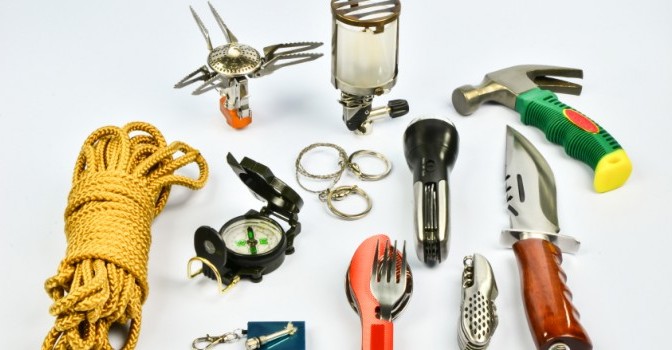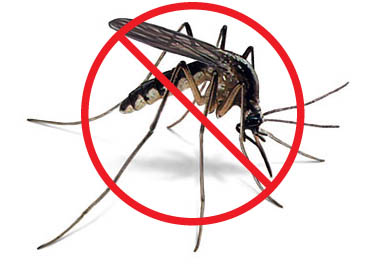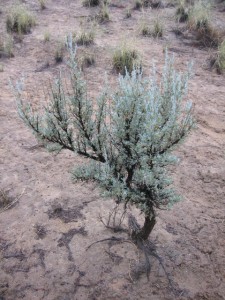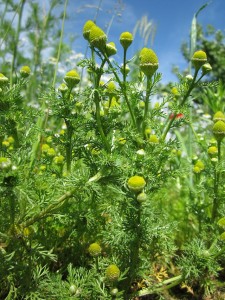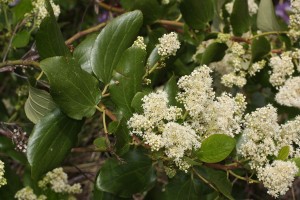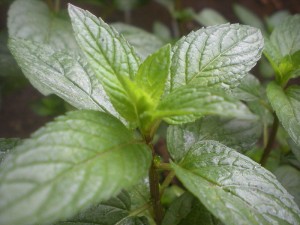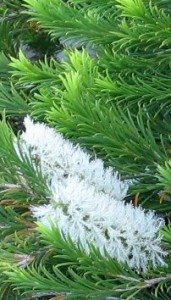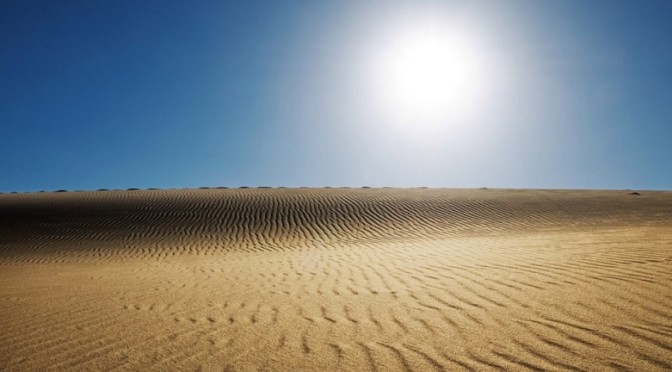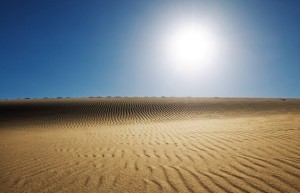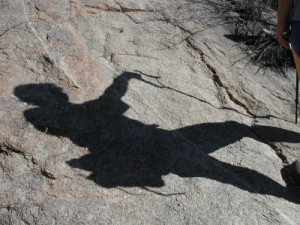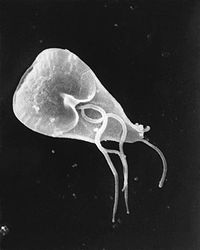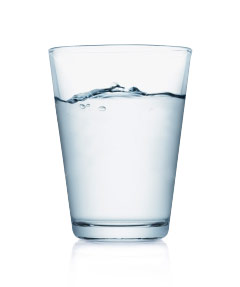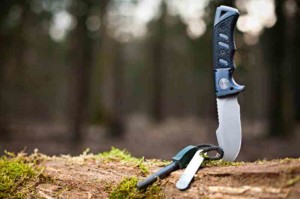There are about a million blog posts out there on what to put in your Go Bag, and that’s great. Let’s talk about things not to pack in your get out of dodge bag:
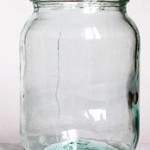 1. Glass/Fragile items – Anything that is in a glass container needs t
1. Glass/Fragile items – Anything that is in a glass container needs t
o be transferred to something more suited for rough travel. Plastic or Lexan is a better alternative for portable liquid storage.
Sure you want some of Grandma’s jam on the go, but the mason jar rattling around in your bag is a no go.
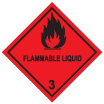 2. Flammable Fluids – Speaking of liquids, if you are carrying any liquid fuel, find a way to pack that on the outside of your bag. If you have it inside and the container it is in cracks or leaks, you now have a bag soaked with fuel and anything inside, especially food, will be unusable. Water bottle carriers, or ammo dump pouches work great with cylinder type fuel containers.
2. Flammable Fluids – Speaking of liquids, if you are carrying any liquid fuel, find a way to pack that on the outside of your bag. If you have it inside and the container it is in cracks or leaks, you now have a bag soaked with fuel and anything inside, especially food, will be unusable. Water bottle carriers, or ammo dump pouches work great with cylinder type fuel containers.
3. Food – Wait, that should be “food that is not suited for long term storage”. Canned,dried and packaged camping/trail foods are the way to go here. Foods that expire quickly or damage easily have no place in your bag.
4. Huge/Heavy Items – There seems to be a tendency to pack everything and the kitchen sink in a bug out bag. There is always that guy who is trying to cram a family tent, a tailgating sized grill …do not try and carry more than 25% of your body weight, so if you are 200 pounds, avoid carrying a pack that weighs over 50 pounds. It may not seem like a lot, but put 50 pounds on your back and carry it all day is not something you want to do for days on end. Keep gear light and durable. You will need to be able to move, not drag behind and keep the rest of your group waiting for you to catch up. The disaster you are trying to move away from can and will spread given time.
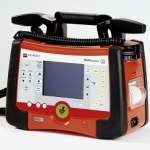 5. Unfamiliar Medical Equipment and Medicine – Not everyone is a trained medic, so do not try and act like one by loading up your gear with medical equipment you are not trained to use properly. The same goes for meds, getting the dosage wrong can be fatal in a situation when emergency medical services are going to be strained and a response unit could be hours if not days from coming to assist you. Unless someone in your bug out group is properly trained, do not be tempted to do any medical procedures outside of common first aid. Take some Red Cross classes, get certified in basic first aid and CPR. If you the the time, get EMT trained. Just because you watched MASH and ER a few times doesn’t count.
5. Unfamiliar Medical Equipment and Medicine – Not everyone is a trained medic, so do not try and act like one by loading up your gear with medical equipment you are not trained to use properly. The same goes for meds, getting the dosage wrong can be fatal in a situation when emergency medical services are going to be strained and a response unit could be hours if not days from coming to assist you. Unless someone in your bug out group is properly trained, do not be tempted to do any medical procedures outside of common first aid. Take some Red Cross classes, get certified in basic first aid and CPR. If you the the time, get EMT trained. Just because you watched MASH and ER a few times doesn’t count.
 6. Unfamiliar/Illegal Possession Weapons – Like the unfamiliar medical equipment, do not carry weapons (firearms, edged weapons) that: A. You do not know how to use or care for properly and B. Are not allowed in your state to possess. What you are allowed/permitted by law to carry or have packed on your person or in your vehicle will vary by state. Check your local laws before putting your bug out plan together. At some point the crisis you are in will be over and the law will be restored to your area. Make sure you don’t survive the situation only to be arrested for what you are carrying. If you state allows it, apply for a firearms permit and take a carry class. And make sure you know how to use and care for that firearm properly.
6. Unfamiliar/Illegal Possession Weapons – Like the unfamiliar medical equipment, do not carry weapons (firearms, edged weapons) that: A. You do not know how to use or care for properly and B. Are not allowed in your state to possess. What you are allowed/permitted by law to carry or have packed on your person or in your vehicle will vary by state. Check your local laws before putting your bug out plan together. At some point the crisis you are in will be over and the law will be restored to your area. Make sure you don’t survive the situation only to be arrested for what you are carrying. If you state allows it, apply for a firearms permit and take a carry class. And make sure you know how to use and care for that firearm properly.
